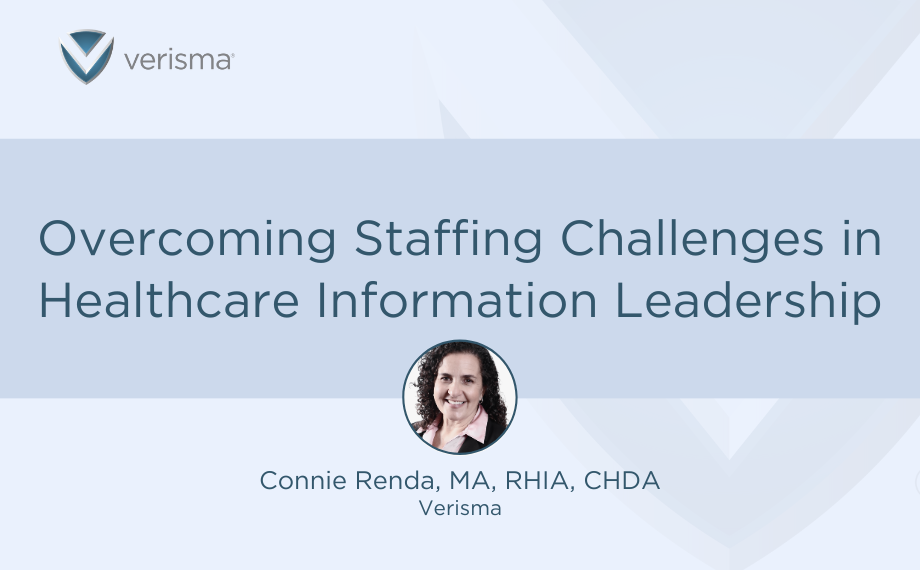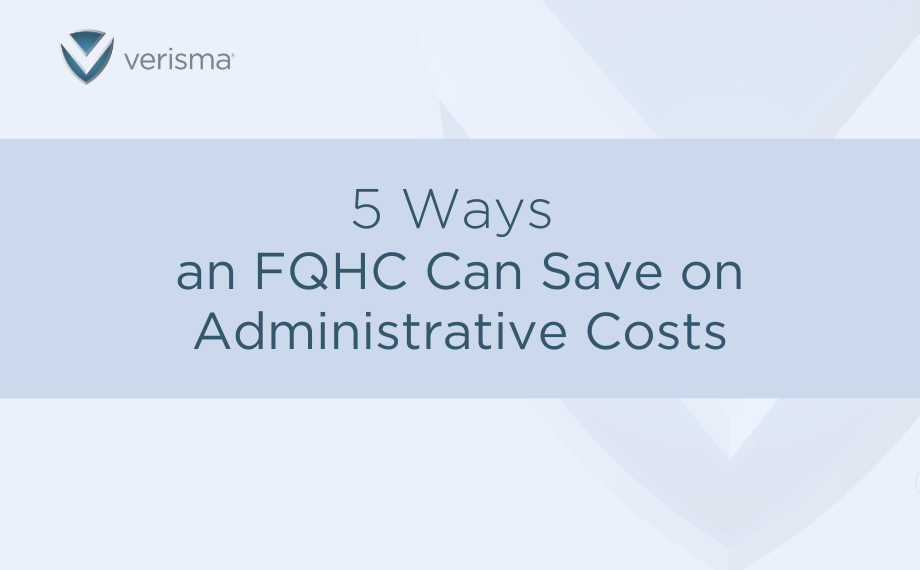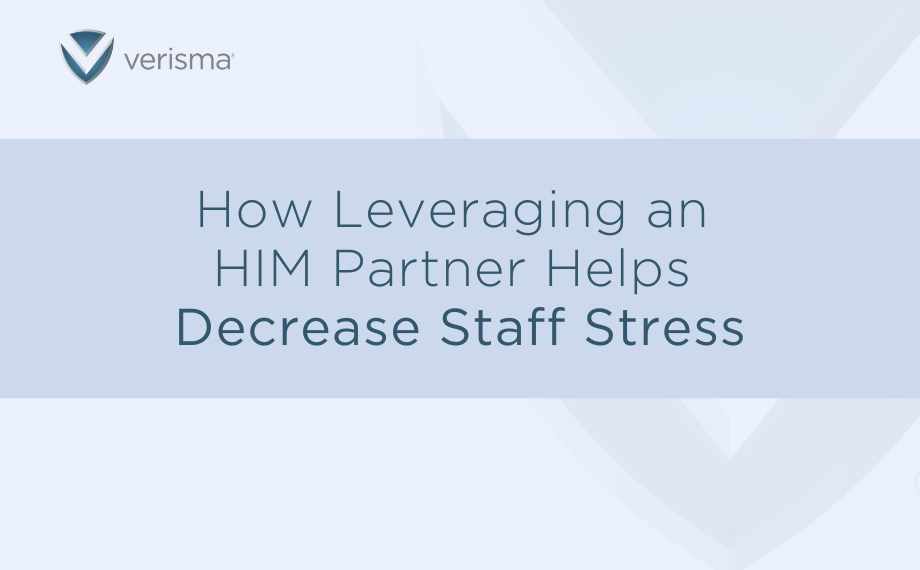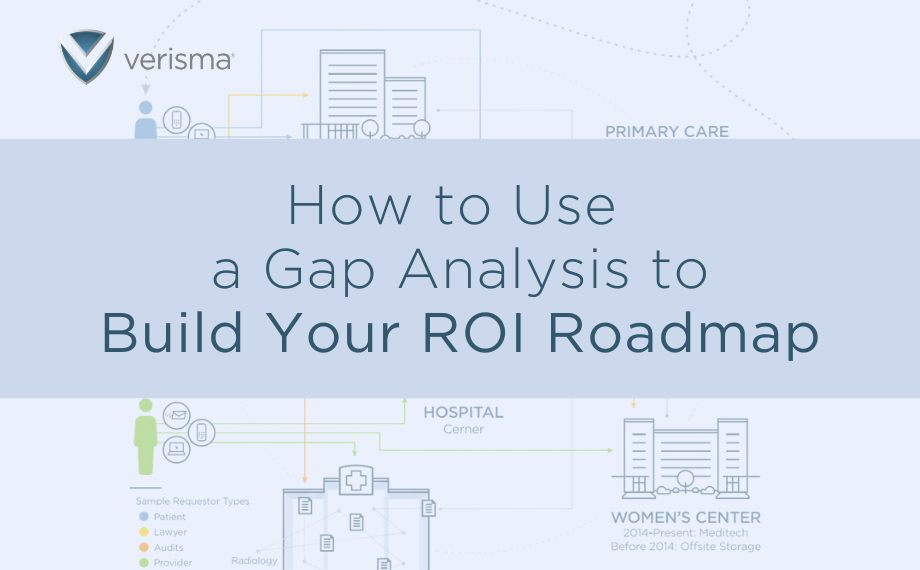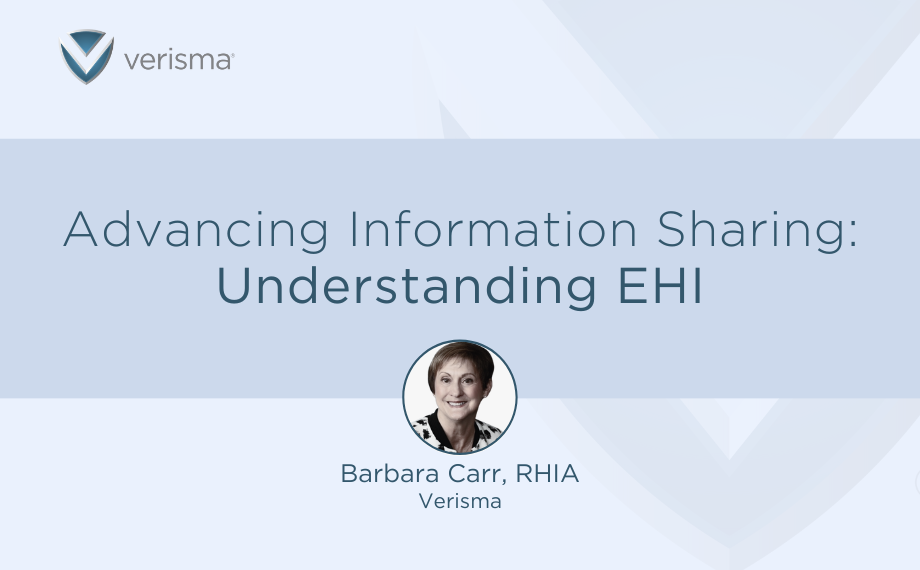Federally Qualified Health Centers (FQHCs) provide critical care for underserved patients nationwide, but on a limited budget supported mostly by donations and grant funding. By focusing on decreasing administrative costs, FQHCs can make their dollars more impactful to patient care initiatives, improving the lives of millions of people across the United States. The following are five ideas FQHCs can consider to reduce their administrative costs to focus their attention on more impactful care within their communities.
- ANALYZE FOR EFFICIENCES
In an ever-changing healthcare industry, all organizations are constantly updating process and operations workflows to meet new requirements. FQHCs can implement regular analysis of all workflows to analyze for operational efficiencies. Reviewing patient activities while in the waiting room, as well as what administrative staff may be able to do prior to the patient visit, can ensure that patients are registered, roomed and seen as quickly as possible.
Because of the demand for FQHC visits and services, FQHCs need to make every minute a patient is in the office count. Part of the analysis may include whether offsite staff or partners can provide a more focused, cost-effective way to remove burden and time-consuming administrative tasks from patient-facing personnel. Streamlining staff, provider and patient interaction can create more impactful visit time and allow providers to see more patients in a day.
FQHCs can also find efficiencies by analyzing workflows and refining their tasks and best practices. By optimizing everyday functions and administrative tasks, FQHCs can find areas of savings and eliminate waste. Good examples of common culprits are paper and ink/toner, which can be greatly minimized with smarter filing and scanning workflows.
Streamlining staff, provider and patient interaction can create more impactful visit time and allow providers to see more patients in a day.
- IMPLEMENT IT IMPROVEMENTS
Information Technology is often seen as an investment and expenditure, but it comes with an upside. In many situations, IT updates can improve and thereby cut administrative costs for the future. Some government incentives like Pay-for-Performance programs also exist to help organizations offset the costs of implementing technologies. Using information technology to capture structured quality data about patient care can be reported to government and commercial entities, in some cases leading to increased reimbursement.
Additionally, as the industry moves from paper to electronic records, converting paper charts to electronic documents stored in the Electronic Health Record (EHR) can reduce administrative spending on chart storage, as well as free up space for FQHCs to pay less rent or utilize space in other ways that support the patient care mission. Ultimately, IT improvements can lead to increased efficiency and functionality and decreased administrative spending in the future.
- EXECUTE COMPLIANCE PROTOCOLS
Compliance doesn’t just mean HIPAA. Other regulatory programs require complying with certain objectives in exchange for funding. As the industry changes, meeting grant requirements and alternative payment model metrics is critical for keeping the doors open. By focusing energy into maintaining compliance protocols, FQHCs can avoid losing invaluable revenue sources. Of course, HIPAA is also important! Ensuring the proper protocols are implemented, staff is periodically trained, and quality assurance is in place in accordance with the HIPAA Privacy and Security rules is critical for preventing threats. Good compliance practices also help FQHCs avoid a costly and unexpected HIPAA breach adding to administrative costs and detracting from the mission.
- INVESTIGATE STAFFING ENHANCEMENTS
One of the biggest administrative costs to a FQHC is staffing. These costs not only include payroll, benefits and other overhead expenses but also where the staff expends their time while they are on the clock. As FQHCs have a laundry list of items to achieve throughout the day, many staff members find they have too much on their “to do” list and something has to give.
Ultimately, staff members being tasked with too many duties can cause burnout, distractions and procrastination, all of which lead to costly mistakes, extra expenses and, in some instances, tasks not getting done altogether. Organizations like Verisma can help FQHCs reduce administrative costs by providing focused expertise related to specific administrative functions.
Utilizing a Business Associate can reduce the need for certain admin staff functions, in turn alleviating some payroll costs as well as the management tasks inherent in supervising hourly staff. Where workforce is in short supply, one of the greatest benefits of utilizing a partner for functions like document filing and release of records is the ability to focus or repurpose existing FQHC staff. When a partner is handling the administrative tasks, the FQHC staff can focus on patient needs and care. In an era of patient satisfaction and engagement tying to reimbursement, focusing on patients is of the utmost importance to FQHCs maximizing their dollars and serving the community.
- ALIGN THE SPEND TO THE MISSION
Changing goals means fluctuating costs; by deploying and following a clear mission FQHCs can zero in on their wildly important purpose. Because FQHCs rely heavily on funding sources, planning too far into the future can be challenging. The mission of the organization, though, will remain steadfast and is the ultimate litmus test in financial planning for FQHCs. If an administrative expenditure doesn’t directly support the mission, is it worthy of investment? Administrative costs can often seep out unexpectedly, especially when the goal line is constantly moving. Reviewing the budget with the mission statement in mind can help FQHCs analyze their supportive and detractive administrative spend.
Need help implementing some of these strategies for maximizing your staff and minimizing administrative costs and workloads? Get in touch at
verisma.com/contact-sales.

